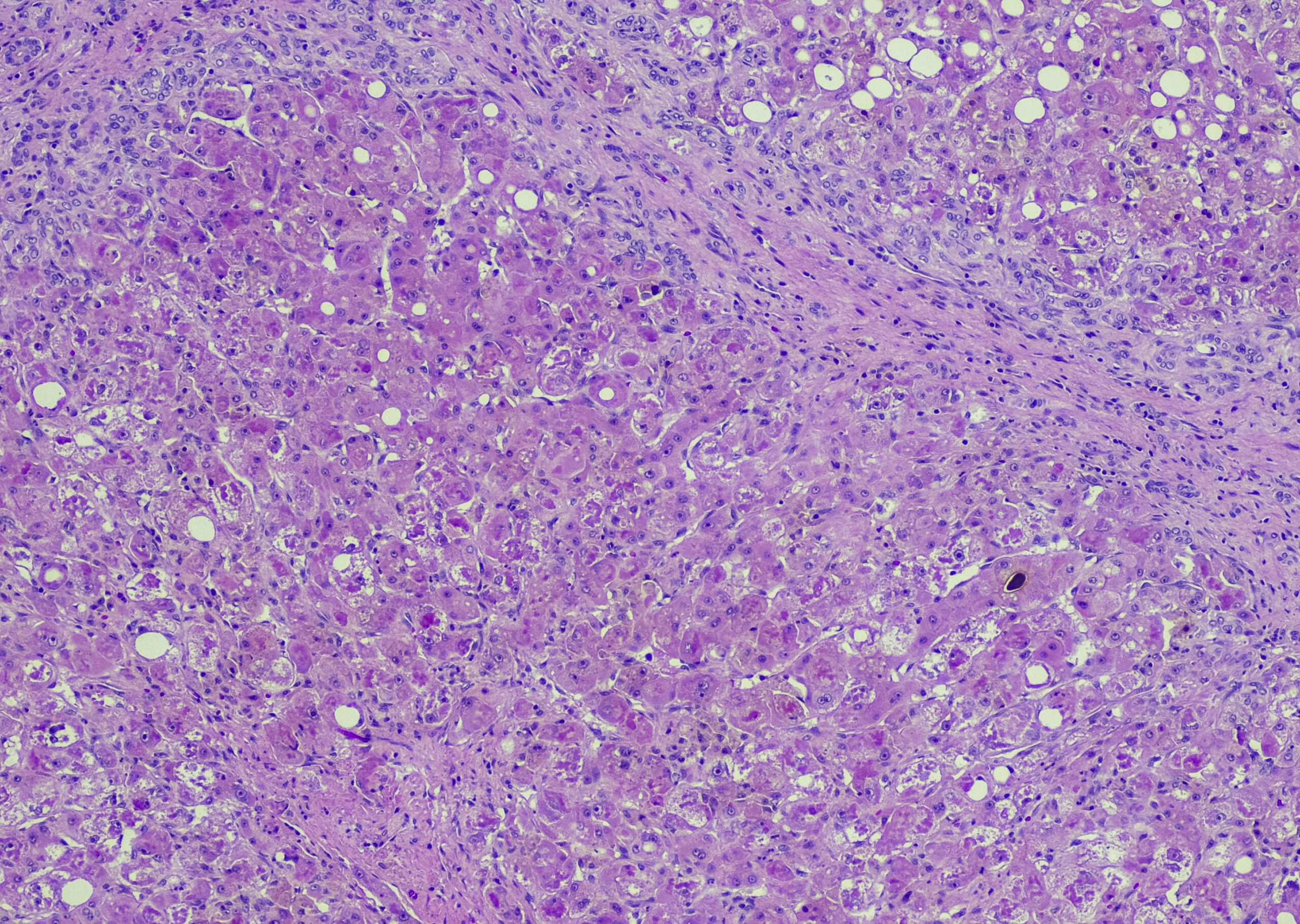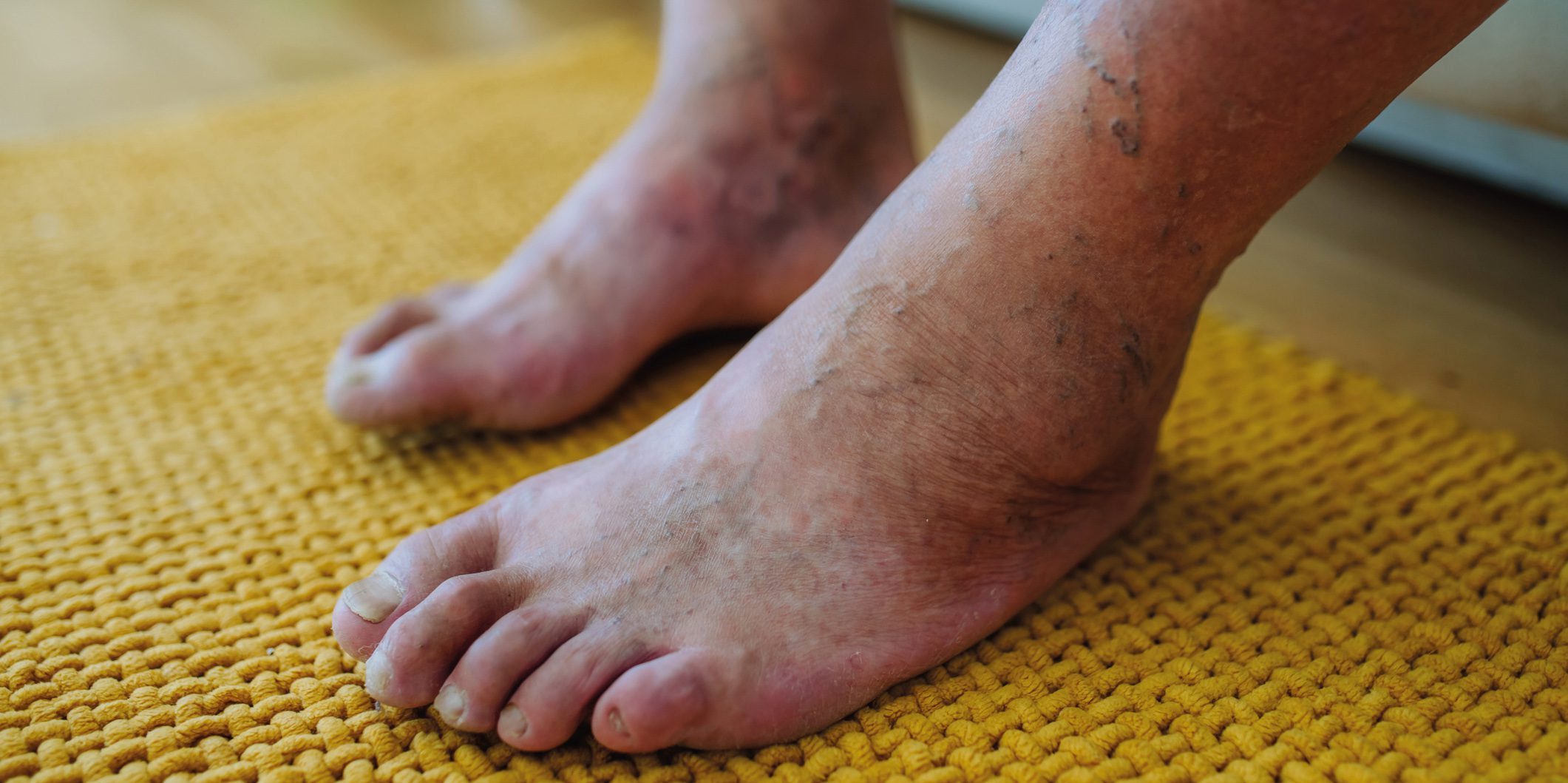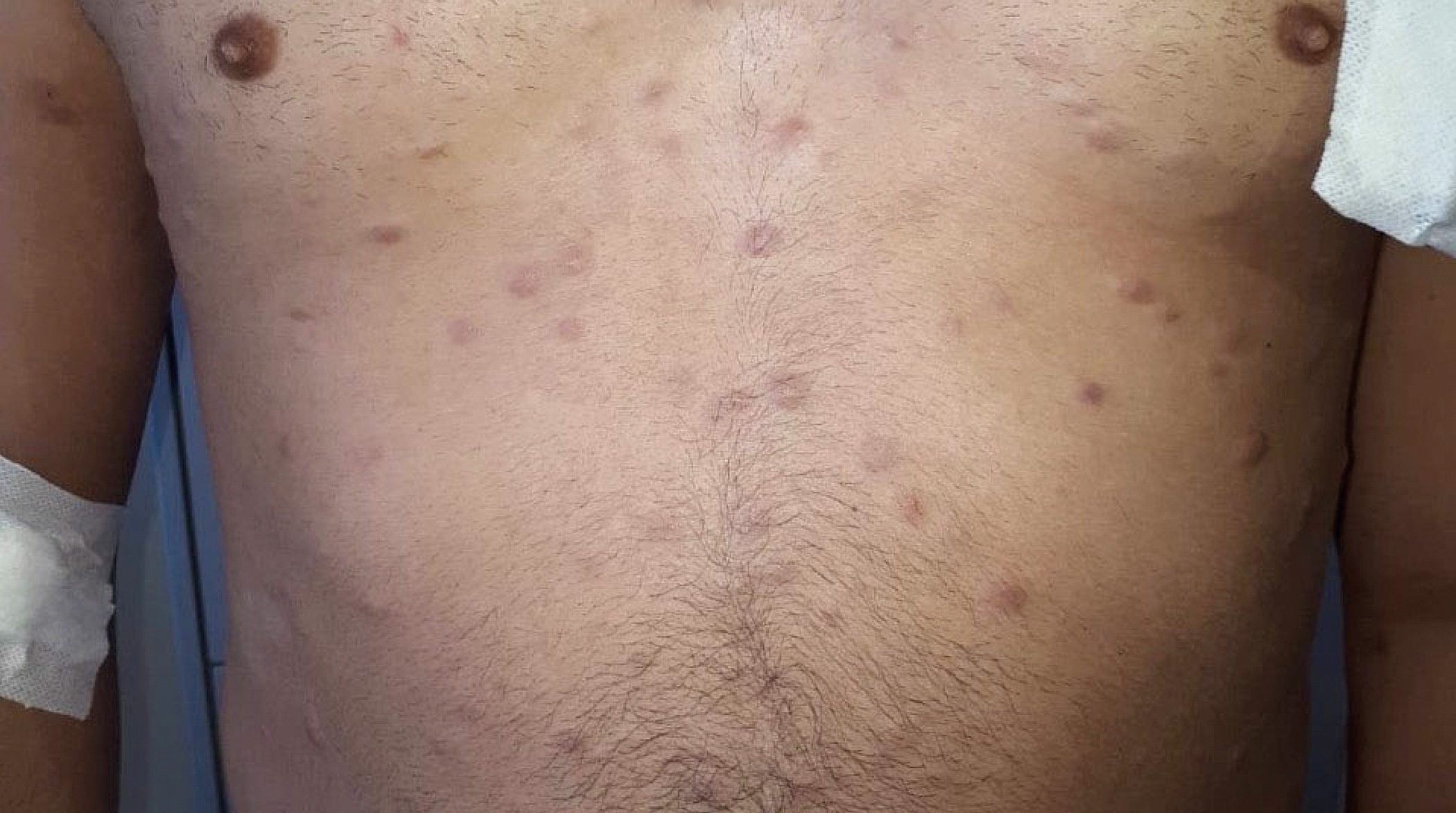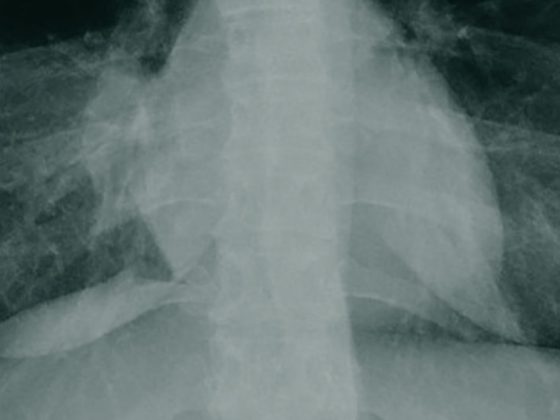Pneumologic and neurologic dysfunction occur equally in PD and are typical of the disease. It is therefore important to be mutually considerate: Pneumologists must not disregard the fact that respiratory symptoms in this group may correlate directly with neurological disease in their PD patients.
Parkinson’s disease (PD) is a neurodegenerative disorder due to progressive loss of striatal dopamine, resulting in tremor, bradykinesia, rigidity, and postural instability. It has been known for many years that respiratory disorders are also among the accompanying symptoms of Parkinson’s disease, but their prevalence is probably underestimated. Overall, respiratory dysfunction in PD appears to correlate with motor scores, but the relationship to pharmacologic therapies, disease phenotypes, and nonmotor symptoms has not been fully explored.
A team led by Dr. Andrea D’Arrigo, Aldo Ravelli Center, University of Milan, focused their review on obstructive and restrictive patterns and highlighted the underlying putative pathogenetic mechanisms [1].
Obstructive and restrictive breathing disorders
Several studies have shown obstructive breathing disorder in Parkinson’s disease. Upper airway obstruction (UAO) is described in this context with a highly variable prevalence ranging from 6.7% to 67%. Indicators may include dyspnea, hypophonia, shaky voice, stridor, or wheezing.
A distinction can be made between two types of UAO: The first type (“breath flutter”) is characterized by regular successive flow delays and accelerations. In the second type, abrupt and irregular flow changes (often dropping to zero) are observed in an abnormal flow volume loop due to irregular and jerky movements of the glottic and supraglottic structures, resulting in intermittent airway obstruction. Although the pathophysiology is still under debate, both patterns likely reflect dysfunction in the basal ganglia, write Dr. D’Arrigo et al. The literature indicates a possible correlation between UAO and tremor, and one paper reports the association of UAO with bradykinesia. An association with dystonia is also described.
Restrictive breathing disorder has been described in both symptomatic and asymptomatic patients with a variable prevalence ranging from 28% to 94%. The pathogenesis is controversial; several hypotheses have been postulated, including dysautonomia associated with Parkinson’s disease and side effects of ergot derivatives, whereas myopathic weakness of the chest wall seems unlikely. No correlation with tremor, bradykinesia, or rigidity has been described, but a relationship with osteoarthritis of the spine has been postulated as likely.
Apnea and aspiration pneumonia in Parkinson’s disease.
Regarding the presence of apnea syndrome, the authors encountered conflicting study results, probably due to the different samples of patients and methods used, they write.
Apnea occurring during sleep can be classified as central (when airflow decreases due to failure of respiratory muscle activation), obstructive (when upper airway obstruction stops airflow despite respiratory muscle effort), and mixed. Some work identified a higher prevalence of obstructive apnea in PD populations, while others found a lower incidence or even no apnea or sleep disturbance compared with controls.
It can be hypothesized that there is a relationship between motor disability and apnea, however, the role of PD medications is not clear. Continuous positive airway pressure (CPAP) appears to be effective in reducing events, improving oxygen saturation, and deepening sleep in patients with PD and obstructive sleep apnea.
Aspiration pneumonia is a dramatic complication that may explain the acute/subacute onset of fever and respiratory failure in a PD patient. Physiologically, swallowing requires adequate coordination between the pharyngeal and respiratory muscles, but this mechanism is often impaired in Parkinson’s disease. Dysphagia is typical of advanced stages of the disease. In addition, cough dysfunction has been demonstrated in more than 50% of asymptomatic PD patients, which may also contribute to silent aspiration and increased risk of pneumonia.
The authors point out the importance of prevention for appropriate management of aspiration pneumonia. A light diet is usually the first step. A downward chin posture while swallowing can be helpful, and sometimes a speech or swallowing therapist can help. Whether dopaminergic stimulation confers a benefit is controversial. Despite the importance of dopaminergic basal ganglia circuits in the swallowing process, conflicting results have been reported in different studies. In patients with marked sialorrhea who are at increased risk for aspiration, treatment with anticholinergics or botulinum injections into the salivary glands may ultimately be indicated.
What to pay attention to therapeutically
Most publications emphasize the role of anti-Parkinsonian drugs as a protective factor against respiratory failure. In trials in dogs, levodopa has been shown to increase inspiratory muscle function, and dopamine improves diaphragmatic function in acute respiratory failure in patients with COPD. As the disease progresses, anti-Parkinsonian medications may help maintain maximal inspiratory oral pressure and nasal inspiratory pressure. Accordingly, levodopa before bedtime is associated with less severe obstructive sleep apnea in PD. Since dopamine is not known to increase muscle strength, it may improve respiratory function by increasing muscle coordination through a central activity.
However, it must be taken into account that side effects such as pleural pulmonary fibrosis induced by dopamine agonists such as bromocriptine or levodopa-induced diaphragmatic dyskinesia may occur under anti-Parkinsonian drugs. The presence of other dyskinesias more common in PD (e.g., abnormal involuntary movements of the trunk, face, or limbs) should alert the physician to diaphragmatic dyskinesias in patients with respiratory distress. Indirect evidence of the beneficial role of dopaminergic therapy in UAO has been provided by acute respiratory failure that may occur after discontinuation of these drugs, but also by the response of UAO to intravenous apomorphine.
The correlation between pneumologic drugs and PD should not be ignored; in particular, systemic anticholinergics may play a role in PD. Acetylcholine plays a key role in modulating dopaminergic activity in the basal ganglia, and its inhibition may increase central dopaminergic tone. Anticholinergic bronchodilators could have central effects, as reported by some authors. An effect on motor dysfunction in Parkinson’s disease seems possible, although this has not been investigated in the current literature. However, it should be kept in mind that anticholinergics may be associated with cognitive impairment and delirium. In the advanced stages of Parkinson’s disease, when dementia is also a very common feature, these symptoms may be even more common.
Neuro- and pneumological factors in close correlation
Neurologic and pneumologic dysfunction are closely associated in PD patients, summarize Dr. D’Arrigo et al. Pulmonologists should be aware that respiratory problems in this class of patients may be a direct result of disease progression and/or dopaminergic stimulation. In addition, pulmonologists should be more aware of the spirometric abnormalities that may occur early in the disease and the potential therapeutic role of dopaminergic stimulation of airway function compared with conventional inhaled medications.
On the other hand, neurologists should always consider the pneumologic scores in a PD patient’s history and focus on respiratory function as a potential therapeutic target to improve the quality of life of a patient complaining of respiratory dysfunction. Also, one should remember the potential benefit of pulmonary rehabilitation on functional breathing tests and exercise tolerance even in the early stages. It may be quite reasonable to consider a respiratory training program in parallel with dopaminergic therapy in patients who report respiratory symptoms.
Although the role of PD medications is still controversial, it should be considered that they may play a potential role in improving pulmonary function as well as the possible negative contribution to muscle coordination and worsening respiratory distress in patients with dyskinesia, the authors conclude.
Literature:
- D’Arrigo A, et al: ERJ Open Res 2020; doi: 10.1183/23120541.00165-2020
InFo PNEUMOLOGY & ALLERGOLOGY 2021; 3(1): 28-29.












